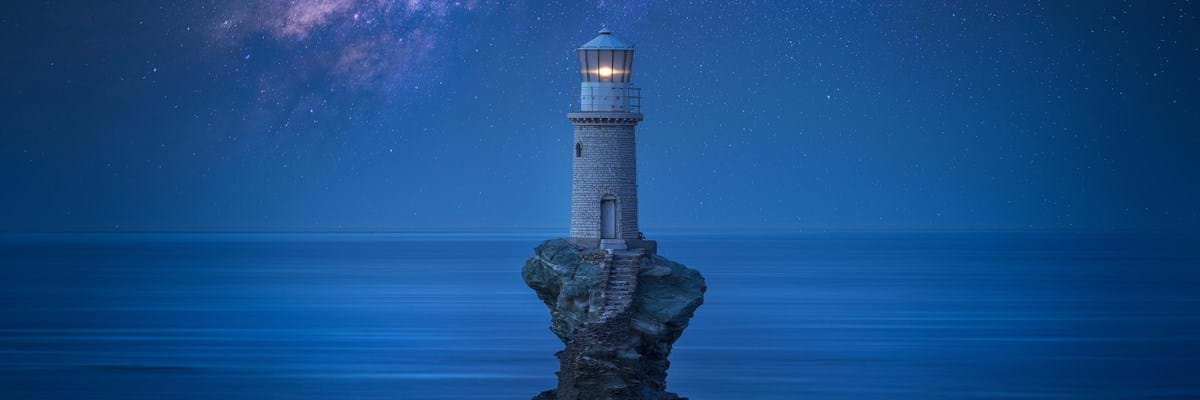It’s only 25 miles long but there are four mountain ridges hiding gorgeous villages. There are four rivers that never run dry and about 100 beaches crammed into 70 miles of coastline.
One of the longest and widest is at sheltered Batsi, the main resort built on gentle hillsides around a sandy beach. There are lots of tavernas and bars and an outdoor cinema in summer.
It’s only a few kilometres along the coast from Gavrio, the main port used by the always-impressive super-ferries. This western side of the island has many beaches, including superb Chrissi Ammos. The name describes it – a long beach of soft “golden sand”.
The main town, Chora (but sometimes called Andros Town), is extraordinary. It is built on a narrow granite peninsula that stretches into the sea. Stylish, red-roofed houses and white marble piazzas remain from when Andros was a wealthy and successful port. Cars are banned.
At the end of the peninsula are the ruins of a 13th century Venetian fort, reached by a tiny arched bridge. Beyond that is the only lighthouse in Greece to be built on a rock sticking out of the sea.
Exploring the gems hidden in the lush countryside reveals what’s special about Andros. Spring water spurts from the mouths of stone lions near the village of Menites. There’s a small lake and waterfall at Gerolimni.
Apoikia is the source of mineral-rich Sariza water which is bottled in the village. Nearby are the lovely Pythara waterfalls and ponds, known appropriately as “fairyland”. That’s different.















